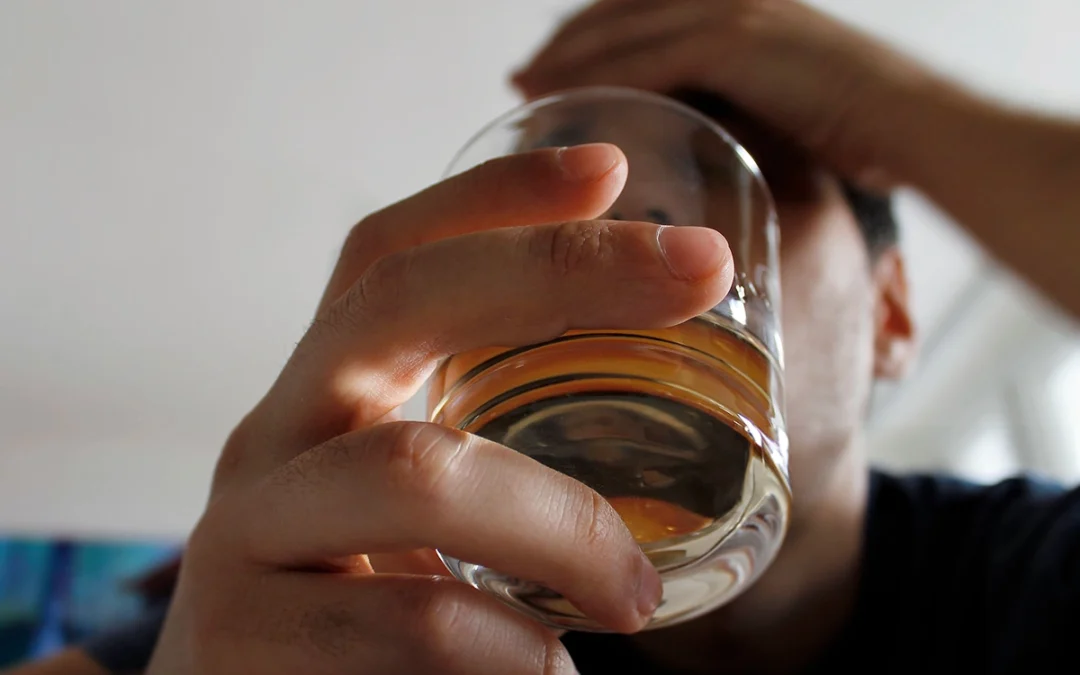Addiction is a word that carries a lot of weight. It’s often associated with images of extreme dependency on substances, but in reality, addiction can take many forms, some of which are much more subtle. From workaholism to social media scrolling, addiction can creep into our lives under the guise of habits that may initially seem harmless or even helpful. But how do we know when a habit crosses the line from being supportive to becoming detrimental?
In this blog post, we’ll explore a more holistic definition of addiction, one that goes beyond the extremes. We’ll also look at how you can assess your own behaviors and recognize the early signs of addiction, so you can make empowered choices to maintain a balanced, healthy life.
1. A Holistic View of Addiction
At its core, addiction isn’t just about substances or behaviors. It’s about the relationship we develop with those substances or behaviors, and how that relationship impacts our well-being. Addiction can be defined as any repetitive action or behavior that is used to escape discomfort or suppress emotional pain, rather than facing it head-on. When we rely on something external—whether it’s alcohol, food, work, or even exercise—to avoid feeling our emotions or to fill a void, we may be walking the path toward addiction.
From a nature therapy perspective, addiction is seen as a disconnection from our true selves, from our natural rhythms, and from the world around us. When we are out of sync with our bodies, our minds, and our environment, we seek quick fixes to ease discomfort or stress. Addiction can be viewed as an attempt to restore balance, albeit in an unhealthy way.
2. When Does a Habit Become Harmful?
Not every habit is harmful—many habits, in fact, are beneficial. They provide structure, stability, and help us achieve our goals. However, the line between a healthy habit and an unhealthy addiction can be thin. Here are some signs that a habit may be shifting into addictive territory:
- You feel compelled to do it even when you don’t want to. If you find yourself engaging in a behavior out of compulsion rather than desire, it may be a red flag. Habits should feel like choices, not obligations.
- It’s impacting other areas of your life. Is your habit starting to interfere with relationships, work, or other important aspects of your life? When a behavior starts to take precedence over things that matter, it may be becoming harmful.
- It’s no longer bringing you joy. Healthy habits should feel fulfilling. If a behavior that once brought you joy now feels draining, stressful, or numbing, it could be a sign of addiction.
- You use it to avoid difficult emotions. One of the hallmarks of addiction is using a behavior to escape or suppress feelings. If you find yourself turning to a habit to avoid sadness, anger, or anxiety, it may be worth exploring whether it’s serving you in a healthy way.
3. Addiction as Disconnection
In nature therapy, we recognize addiction as a form of disconnection. It’s a disconnection from the self, from the natural world, and from the body’s inherent wisdom. Addiction is often driven by an underlying sense of emptiness or dissatisfaction, which leads us to seek comfort outside of ourselves.
When we turn to external habits to soothe internal discomfort, we reinforce the disconnection. We may start to lose touch with our emotions, with our body’s signals, and with the rhythms of the natural world. This disconnection can spiral into a cycle of addiction, where we rely more and more on the habit to feel okay.
4. A Different Path: Reconnection and Balance
Healing from addiction—or preventing it from taking root—requires a different approach. Instead of trying to suppress or escape discomfort, we can learn to reconnect with ourselves, our emotions, and our environment. Here are a few ways to begin that process:
- Practice mindfulness. Mindfulness is a powerful tool for breaking the cycle of addiction. By becoming more aware of your thoughts, feelings, and behaviors, you can begin to see patterns and understand what drives your habits. Nature therapy can be a beautiful way to cultivate mindfulness, as the natural world provides a calming and grounding presence that encourages you to slow down and tune in.
- Listen to your body. Your body holds wisdom, and it often gives you signals when something isn’t right. Pay attention to how your body feels when you engage in certain habits. Does it feel tense, anxious, or fatigued? Or does it feel calm, energized, and balanced? Learning to listen to your body’s cues can help you distinguish between healthy and unhealthy behaviors.
- Reconnect with nature. Spending time in nature can help you break the cycle of addiction by restoring your sense of balance and connection. The natural world operates in rhythms—day and night, seasons, growth and decay—and aligning yourself with these rhythms can help you reconnect with your own natural cycles. Nature has a way of bringing us back to ourselves, grounding us in the present moment, and reminding us of the bigger picture.
- Seek support. Addiction thrives in isolation. If you’re concerned about a habit or behavior, reach out for support—whether it’s through a therapist, a support group, or a trusted friend. Sharing your experience and getting feedback from others can provide valuable insights and help you navigate the path to healing.
5. Healing the Root Cause
Ultimately, the key to preventing or healing from addiction is to address the underlying issues driving the behavior. Whether it’s unresolved trauma, unprocessed emotions, or unmet needs, addiction often stems from deeper pain. Healing requires compassionately addressing these root causes, rather than simply focusing on the surface behaviors.
In nature therapy, we work to heal the whole person—mind, body, and spirit—by fostering a deeper connection to self and the world around us. By tuning into the rhythms of nature, cultivating mindfulness, and learning to sit with discomfort rather than avoid it, we can break free from addictive cycles and cultivate a life of balance, health, and fulfillment.
Addiction isn’t just about substances—it’s about how we relate to the things we do every day. By exploring your own habits with curiosity and compassion, you can begin to make choices that support your well-being, rather than hinder it. And by reconnecting with yourself, your emotions, and the natural world, you can cultivate the inner balance needed to thrive.

